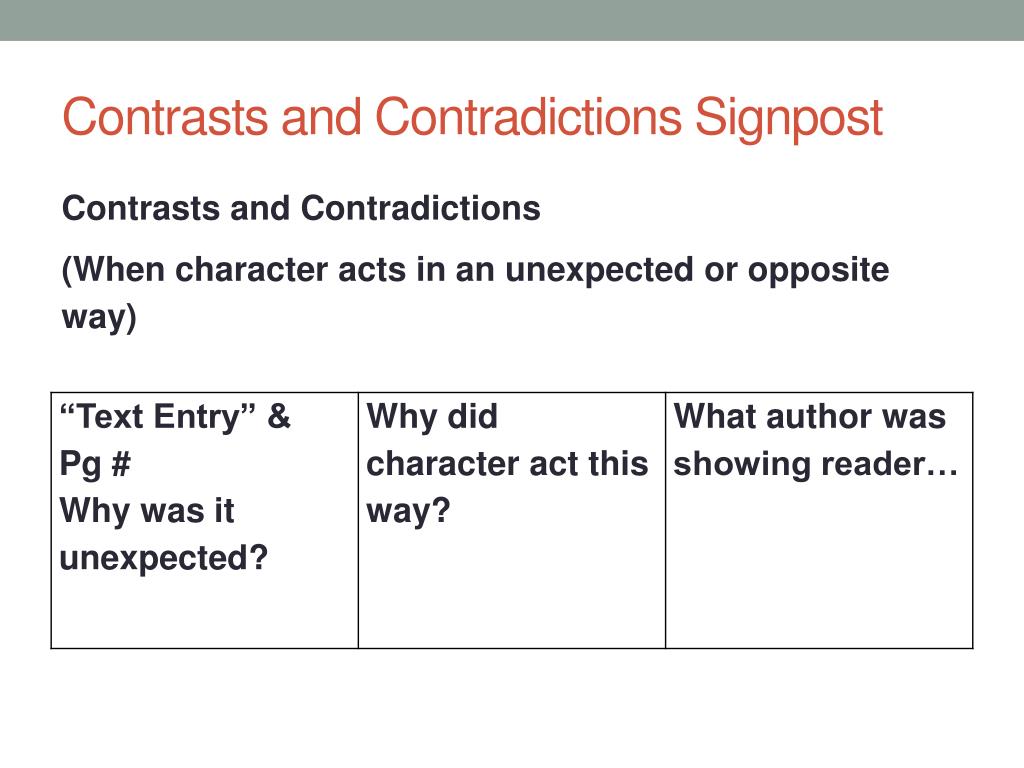

Students can consider, for example, the contrasts between who they are privately versus who they are publicly, at home versus school, etc. Draw a picture representing their divided selves, similar to what Penny Kittle does with her notebook work with All True Diary of a Part-time Indian.For ideas, students could look at research on the paradoxical traits of creative people. For example, students could describe how they can be both quiet and loud. Embrace a paradox in their personalities and write about it.This could be a modified version of the “I am, I come from” poem exercise in which students write “I am…” statements next to “But I am also…” statements. Write a poem that captures contrasts and contradictions in their personality.

Describe a time they did something that was unexpected, or something that was contradictory to how they might have otherwise acted: what were the circumstances? why did they act this way instead of another?.Students write a graphic essay on an epiphany they’ve experienced. Describe an epiphany they’ve had: what brought this epiphany about? what did they learn? how did they change? (I currently do something like this already with my students when we read the graphic memoir, Pesepolis.Write about an important memory from their chilldhood: what makes this memory important? how did it influence them to become who they are today?.Find “wise words” from something they have read (a book, online quote) and explain how these words hold true in their own lives.Write a thank-you letter to a role model in their lives, detailing how that role model has affected them, what they’ve learned, etc.Describe an important role model in their lives-a “wise person”-from whom they’ve learned something significant.Write about the best advice they’ve ever gotten: who did it come from? why was it given? how was it useful? what did they learn?.Here’s a rough sketch of what I envision: SIGNPOST In this way, I can also capture some of the spirit of the writing territories Atwell points out are so important for students to develop as writers. What if I adapted the idea of writing territories from Atwell and connected it to the signposts in Notice and Note? In other words, instead of using the six signposts as tools for close reading, I could also use them as invitations for student writing. I was in the middle (pun intended?) of reading about Atwell’s list of writing territories when an idea occurred to me. I find myself being constantly challenged as I read through both books, as I am forced to reconsider my past teaching practices and find inspiration for future ones. Atwell’s book is so dense with wonderful ideas that it’s been taking me some time to work through it all. At the same time, I’ve also been reading the 3rd edition of Atwell’s In the Middle. I ‘ve been rereading Notice and Note: Strategies for Close Readingas I look to teach and apply the signposts with my 9th graders (we introduce the signposts within the first few weeks of school).


 0 kommentar(er)
0 kommentar(er)
